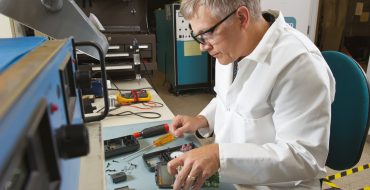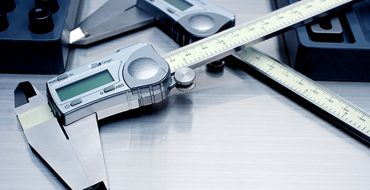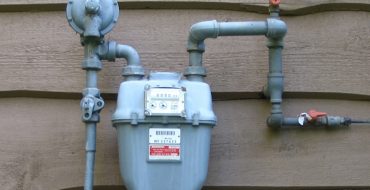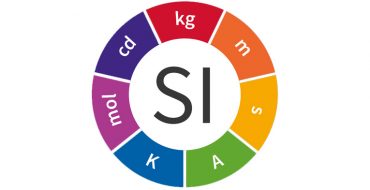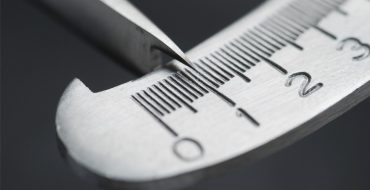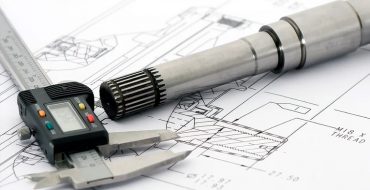Calibration is a procedure that ensures that a measurement by an instrument is a true value within a tolerance limit generally given by the manufacturer. To accurately evaluate that this value is correct, the tester is compared with a calibrated reference instrument usually of much better accuracy. This confirms the accuracy and reliability of the instrument. The technician who performs this task is a skilled professional generally with a thorough knowledge of the industry the tester is built for use in such as electrical, mechanical, gas or others.
Technicians performing a calibration service typically have received training, usually in an apprentice status, in highly specialist subjects such as electronic repair. A calibration technician does not need a university degree as employers and manufacturers will provide on-the-job training that can lead to both an ONC (Ordinary National Certificate) and HNC (Higher National Certificate) in instrumentation and engineering. The technician will require an aptitude in solving technical problems and in thinking logically and a serious attention to detail and accuracy. But with the increasing sophistication of instrumentation, some specialist calibration technicians will need university degrees in subjects such as mechanical, electrical or systems engineering.
The technician has to be able to solve a problem with an instrument by starting with an initial diagnosis of a problem and follow this through with corrective action.
In addition to understanding the mechanics of any instruments such as a pressure gauge, flow meter, gas detector or temperature sensor, the calibration technician should understand the process that any particular system is measuring. It is one matter to calibrate and adjust an instrument in accordance with UKAS standards, but quite another to understand how it may or may not perform within a larger industrial process loop. The technician must also understand the consequences of incorrect calibration of a gauge or instrument.
Written by Barry Atkins at www.calibrate.co.uk



